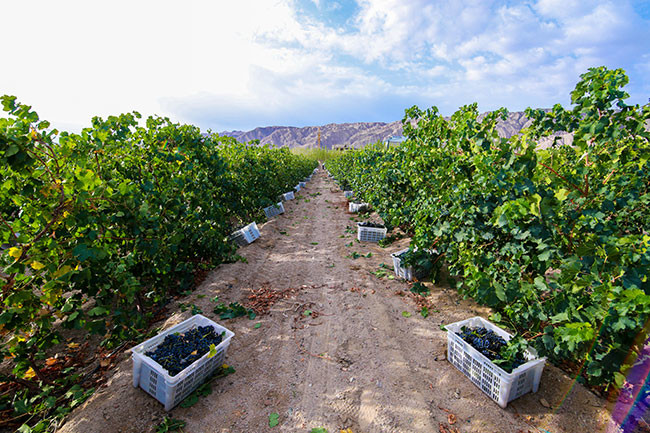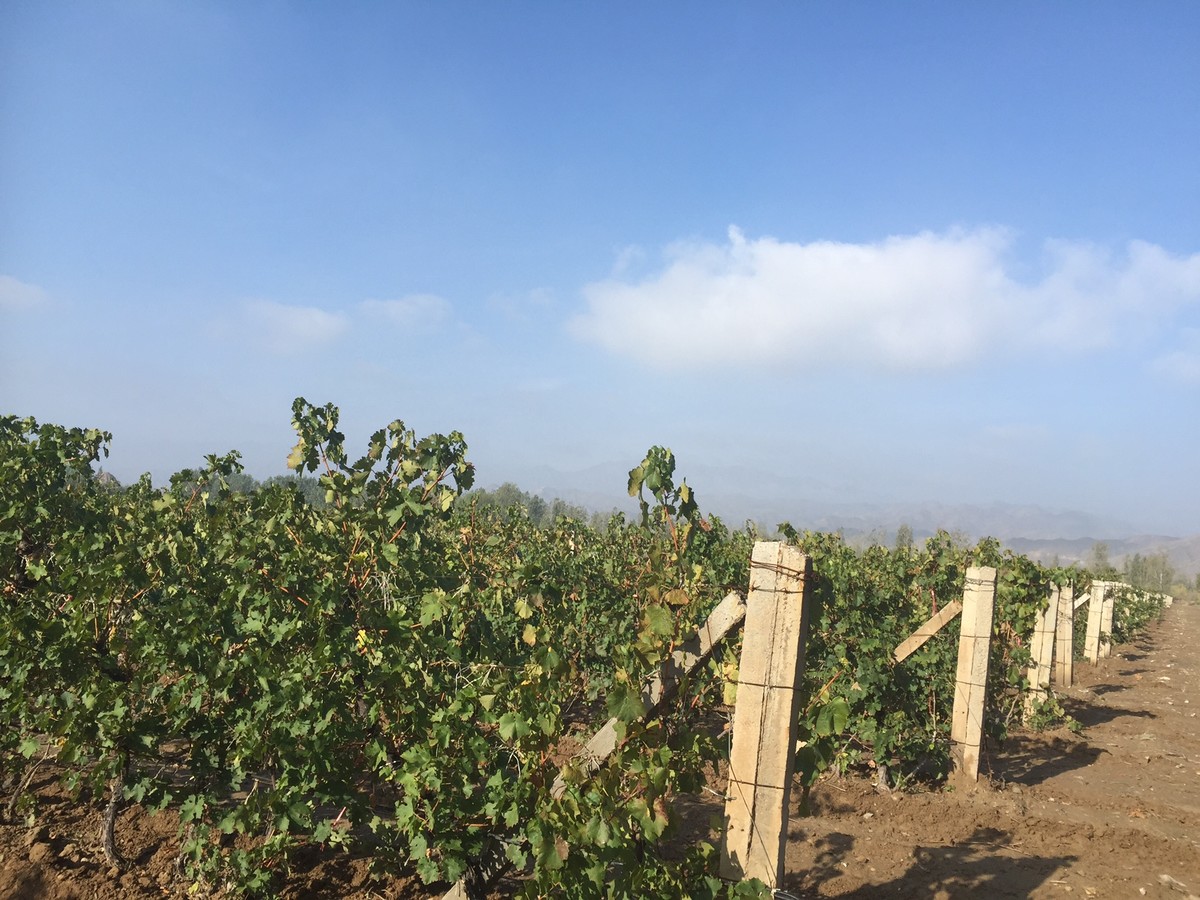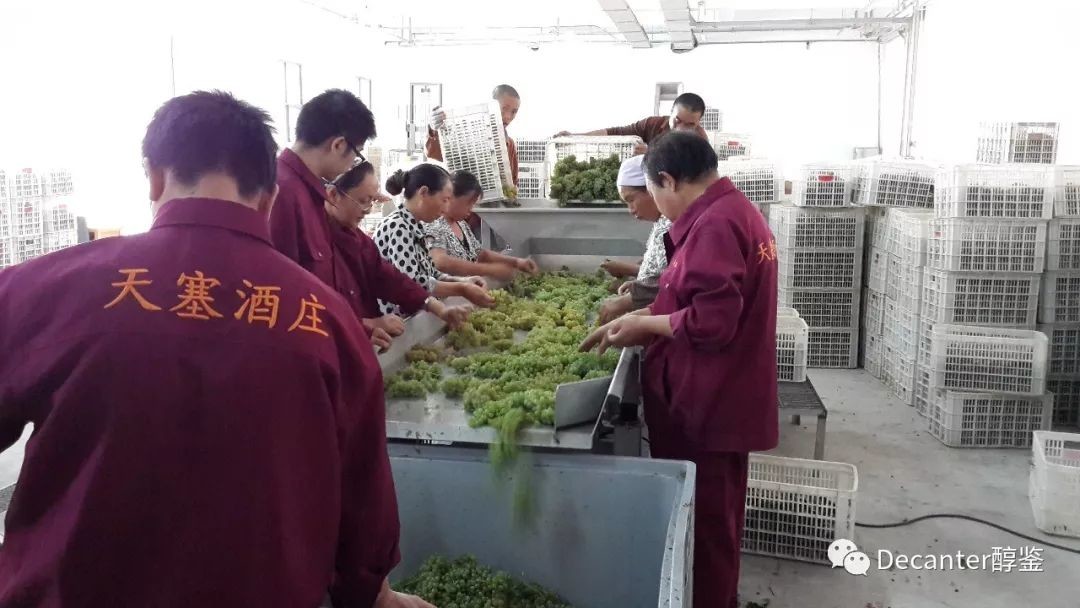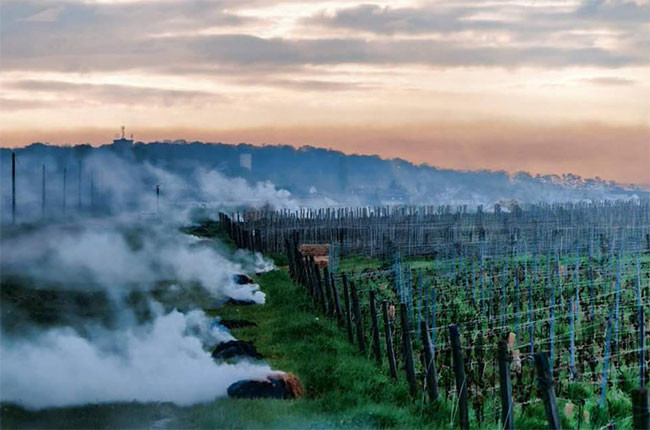The 2016 harvest of Xinjiang has been a ‘mixed success’, with regions having to abandon part of their yields due to disease, said Professor Li Demei.

The Xinjiang Uyghur Autonomous Region
Xinjiang is China’s biggest province; it is also the earliest wine region in China to plant vitis vinifera. The area’s plantation of European grape varieties can be traced back to 2295 years ago.
Related article:
The history of Chinese winegrowing and winemaking - part 1
With 140,000ha of grapes, Xinjiang is currently the biggest grape-planting province in China. 33,000ha of the plantings are supporting the region’s annual 120,000 tons of raisin production; 43,000ha are seedless white grapes, part of which is sold as table grapes.
33,000ha of the total planting is for vitis vinefera. The 76 licenced local companies are producing 250m litres of wines. The rest 74,000 are table grapes.
Related article:
China vineyard planting figure misleading, suggests trade data
Four regions are the key planting areas of wine grapes in Xinjiang: Tianshan Mountain North, Yanqi Basin, Turpan Basin and the Ili Valley.
As the biggest wine producing region in China, Xinjiang has a significant position in China’s domestic wine industry.
The 2016 Xinjiang harvest
The 2016 wine harvest of Xinjiang has been a mixed success.
Xinjiang enjoys sufficient sunshine and vast day-night temperature variation, which are beneficial for the accumulation of sugar in fruits. The arid climate condition means that vineyards in Xinjiang are less prone to diseases, which is far more advantageous than the more humid and cloudy wine regions in Eastern China. The widely implemented drip-irrigation in vineyards in Xinjiang gives growers better control over the vigour of the vines.
However, as disease control isn’t a constant concern, the growers are under the risk of a full-blown outbreak of diseases when occasional rainy weather hit the region.
During July and August of 2016, Xinjiang has experienced more rainfall than an average year, which has caused downy mildew and powdery mildew in some of the vineyards.
Read on the next page:
Key regions and harvest reports:
1. Tianshan Mountain North Region (North of Xinjiang)
2. Yanqi Basin Region (South of Xinjiang)
3. Turban Basin Region
4. Ily Valley region
Translated by Sylvia Wu / 吴嘉溦
All rights reserved by Future plc. No part of this publication may be reproduced, distributed or transmitted in any form or by any means without the prior written permission of Decanter.
Only Official Media Partners (see About us) of DecanterChina.com may republish part of the content from the site without prior permission under strict Terms & Conditions. Contact china@decanter.com to learn about how to become an Official Media Partner of DecanterChina.com.












Comments
Submit